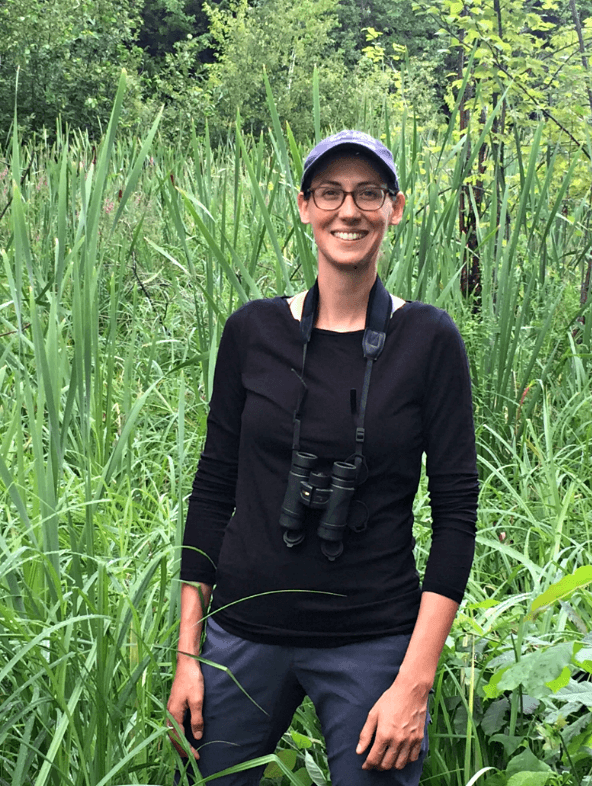
Camille Tremblay
Biologist, Capital Stewardship
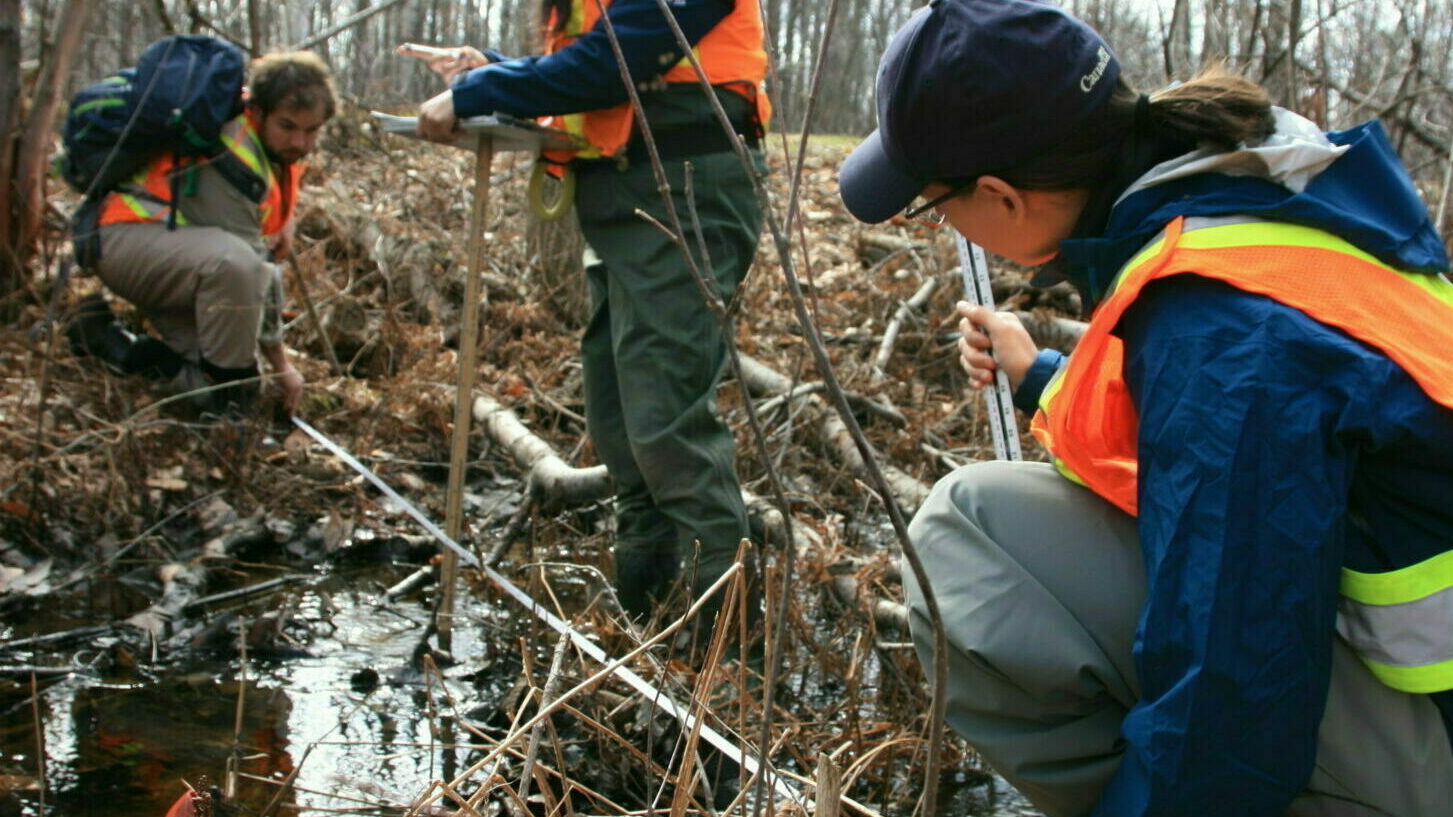
When people think about the capital of Canada, they often think of Parliament Hill, the Rideau Canal and important national institutions. But the way I’d like to see it is when people think of the capital, they think about the many green spaces that distinguish it from other comparable big cities.
As a biologist at the NCC, my role is to protect green spaces and ecosystems on the 550 km² of federal lands.
The urban lands I look after include many parks and spaces that you are no doubt familiar with: areas around Mud Lake, as well as Jacques-Cartier, Leamy Lake and Remic Rapids parks.
What is urban land?

Urban lands, as the name implies, are lands that are situated in the city. They are also green oases that contribute to the quality of our daily lives.
Here are a few of the ecosystem services that they provide:
- rainwater storage
- protection against erosion
- protection against flooding
- creation of cooling islands [French-only website]
- provision of natural wildlife habitats
Urban lands are smaller and often more fragile areas than large expanses like Gatineau Park and the Greenbelt. And, since they are close to our homes and the places where we work, they are also very popular places to visit. As you might imagine, such a large number of visits comes with various associated issues. For this reason, it’s important to respect the principles of outdoor ethics, even in the city.
A year in my shoes
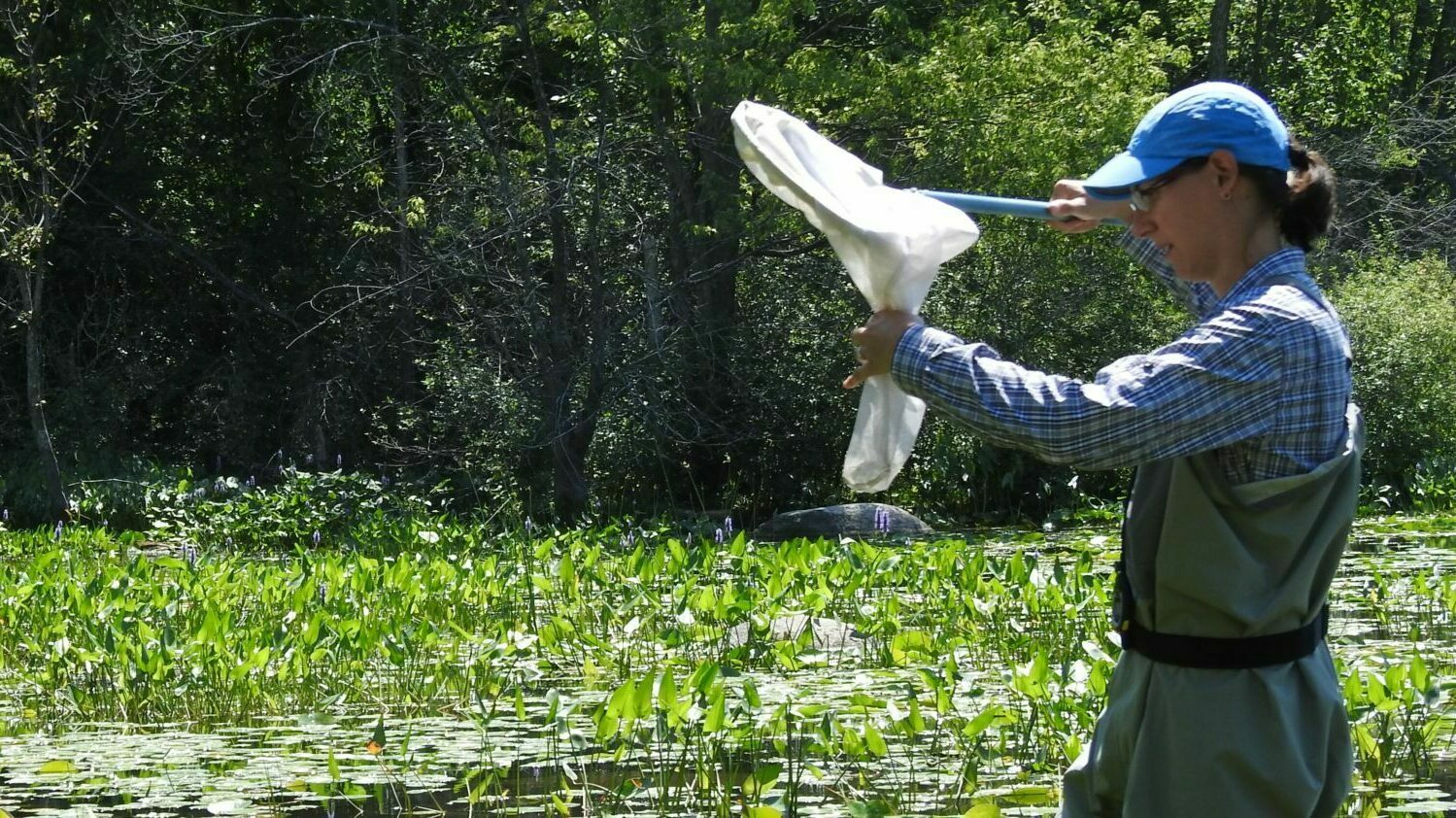
I can spend days outdoors, standing in a marsh — or I could be at the office providing expertise and doing project analysis. Essentially, my work involves maintaining environmental data and ensuring the healthy management of natural resources.
Like nature, my work follows a seasonal cycle. In the spring and summer — just like the plants and animals that I study — I’m more active. I spend a lot of time in the field with the future biologists under my supervision.
When the colder months approach, nature prepares to hibernate. During this period, I can spend my time dealing with the more sensitive lands. In the winter, I spend a lot of time on environmental assessments and work planning. Office work is inevitable!
My main tasks are as follows:
- gathering ecological data
- designing and supervising research studies
- implementing ecological monitoring programs
- providing recommendations on natural resource management
- supporting the environmental assessment team in doing project analysis.
My successes
My job comes with its own set of challenges, but also victories, friendships and memorable moments. Here are a few successes that I’m especially proud of.
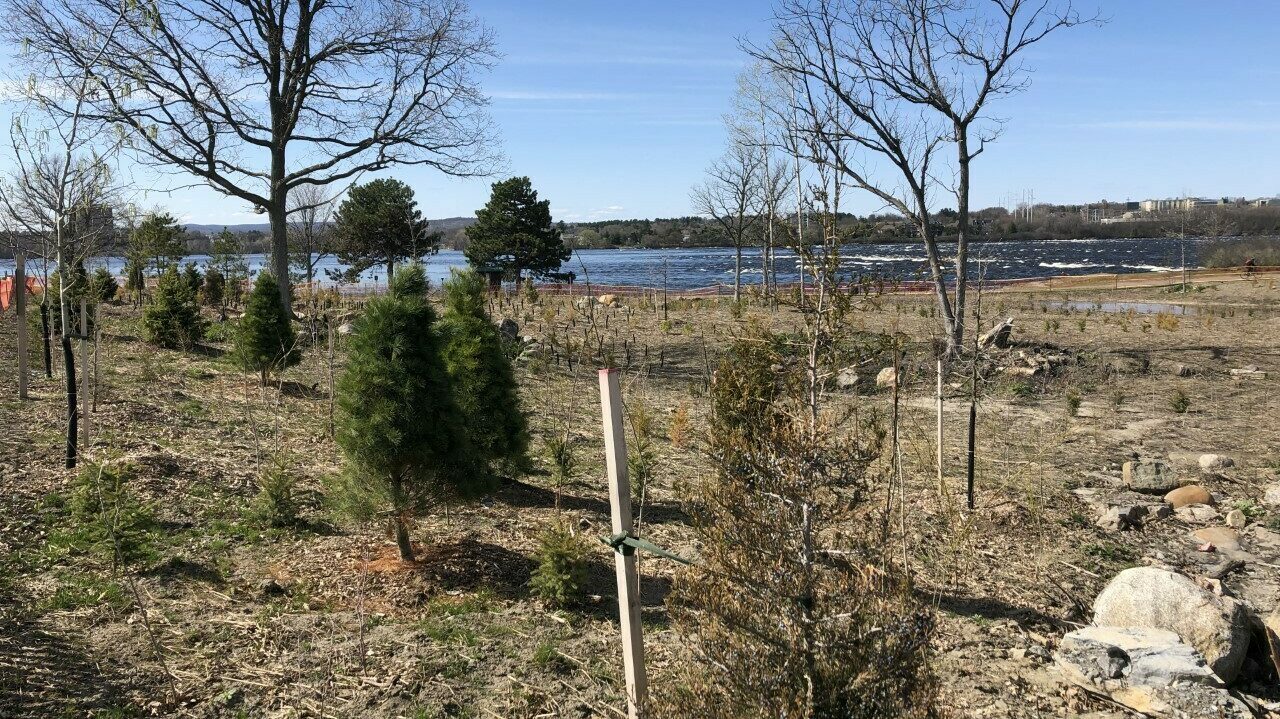
Restoring habitats
To help pollinators and preserve biodiversity, my team and I are restoring habitats and reintroducing them on NCC lands.
One of my pet projects is a restoration area in Remic Rapids Park, which used to be covered with invasive plants. Now it is a diversified and colourful habitat! The most satisfying part of it is to see the birds and frogs coming back and using this new healthy habitat.
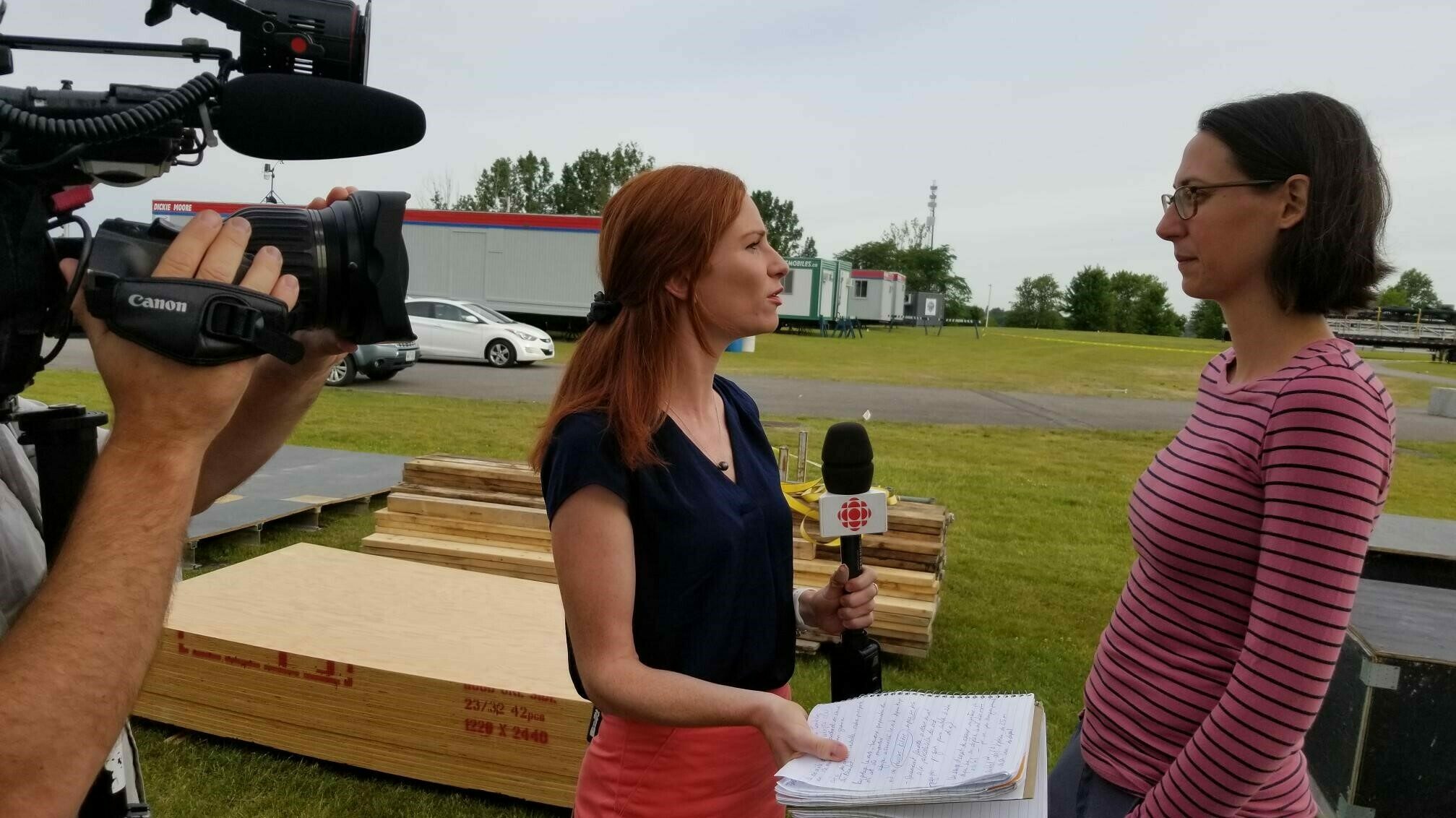
Protecting a killdeer nest
What I like about my job is that it always has to make way for the unexpected. The Bluesnest story, which I told about in another blog, is a perfect example. My biologist colleagues and I put creativity to work to protect a killdeer nest that was found in 2018 within the expected footprint of the main stage at Ottawa Bluesfest.
This story captured people’s imagination and garnered a lot of media attention. But it also brought people together and raised public awareness about the importance of our conservation efforts.
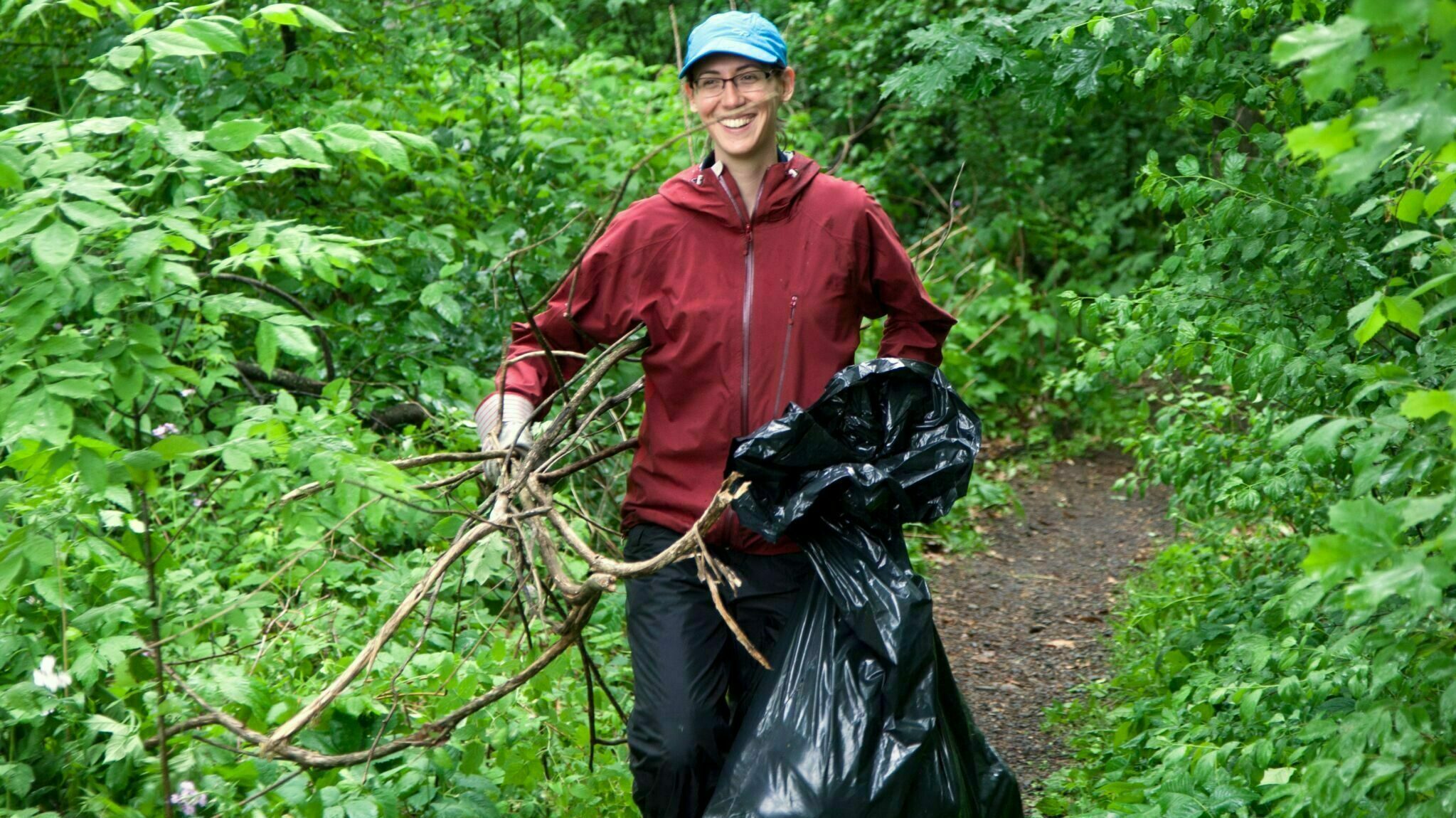
Reducing the impact of invasive alien species
I also like working directly with people. That’s what I did with a project aimed at reducing the impact of invasive alien species at Mud Lake. With the help of volunteers dedicated to this important natural habitat, we undertook measures to remove the invasive plant species and monitor propagation.
Restoring the vegetation cover with native plant species is a long process. We could not have done it without community support and participation.
Now it’s your turn
Green spaces contribute to people’s quality of life. When urban lands and parks are healthy, everyone benefits. By adopting respectful behaviours in nature, you are directly helping to protect biodiversity and the natural urban environment.
My message to you? Go out and discover these places, and allow yourself to be amazed!
After all, it is so much easier to protect something that we love.